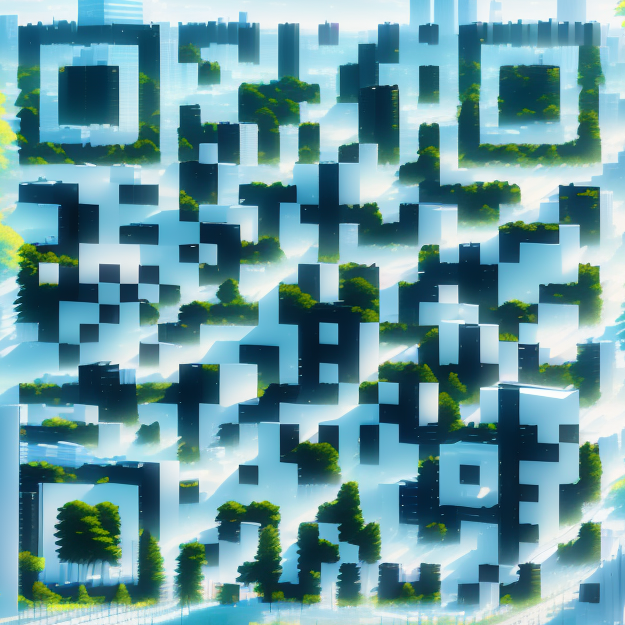Panda Pavilions by EID Arch for Chengdu Research Base
EID Architecture completes the project of Panda Pavilions, a significant campus expansion in a national preservation park near the outskirts of Chengdu, China. Chengdu National Giant Panda Research and Breeding Center holds the world’s leading research institute on panda preservation and now hosts a group of four panda pavilions designed by Ping Jiang, newly opened to the public. The pavilions set up the research lab for the study of pandas’behaviors and activities. Devoted to fostering a cross-disciplinary collaboration as a care center for the giant pandas, the structures, also, serve the community for educational and recreational purposes attracting millions of panda enthusiasts annually to visit the campus.
The design is organized around four open-air circular courtyards which serve as an outdoor playground for the bears while providing a continuous connection with nature. Aimed at educating, entertaining, and inspiring a diverse audience from around China and across the world, the panda pavilions bring a unique cultural experience blending science, education, art, and entertainment.

Panda Pavilions by EID Architecture | all images by Arch-Exist unless stated otherwise
the pavilions devise a fusion of architecture and landscape
‘The design of the panda pavilions concerns the integration of human experience, architecture, and the environment. It is intended as a convergence of architecture, landscape, and land art. While the project provides a pedestrian-friendly navigation experience for the visitors, it prioritizes an animal-friendly environment to minimize the alienation of ecology, promoting biodiversity conservation’, shares Ping Jiang, Design Principal of EID Architecture.
Drawing from the natural landscape of Chengdu’s prairies, the design of the panda pavilions is conceived as a fusion of architecture and landscape. The four ring-shaped pavilions nestle into the park’s woodland slopes, enclosing terraced outdoor space for pandas. Connecting pathways and bermed viewing galleries provide visitors with varied vantage points for observing pandas at relatively close range, maintaining the inquired physical boundaries separating panda space from the inspecting and pedestrian zone.

Chengdu National Giant Panda Research and Breeding Center hosts a group of four panda pavilions
wood-grained aluminum fins outline the pavilion facades
The formations rise above the terrain in certain places and sink into it in others. The pavilions’rings house panda indoor activity spaces and living quarters, along with staff administrative areas and support spaces, such as rooms for preserving and storing the bamboo shoots that are central to the panda diet. The structures provide interactive exhibitions and educational spaces designated for panda research and preservation. Integrating a habitat for the animals and a behavioral research lab for scientists, the panda pavilions generate an immersive experience of exploration and discovery for the visitors. The project integrates the architecture with the natural surrounding topography of the conservation base.
The pavilion facades feature vertical articulations of wood-grained aluminum fins, reflecting the vertical rhythms of the surrounding bamboo grove. The buildings are organized into three zones; open, semi-open, and fully air-conditioned areas. Approximately 55 percent of the building area adopts natural ventilation to lower the energy consumption and carbon footprint, as a result, contributing to shaping a series of eco-friendly breathing architecture.

the design is organized around four open-air circular courtyards which serve as an outdoor park for the bears

the project of the panda pavilions is conceived as a fusion of architecture and landscape




project info:
name: The Panda Pavilions
designer: Atelier Ping Jiang – EID Arch | @eid_arch
design principal: Ping Jiang
design team: Michelle Bao, Sean Lu, Yunpeng Ma, Shuang Zhang, Chendi He, Di Fan, Xiaoxu Sun
location: Chengdu, China
photography: Arch-Exist | @archexist – XIMUImage | @ximuimage – Kuratnik Nikolai
designboom has received this project from our DIY submissions feature, where we welcome our readers to submit their own work for publication. see more project submissions from our readers here.
edited by: christina vergopoulou | designboom














